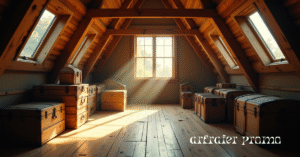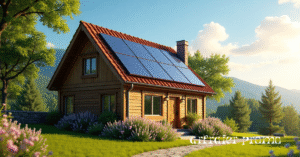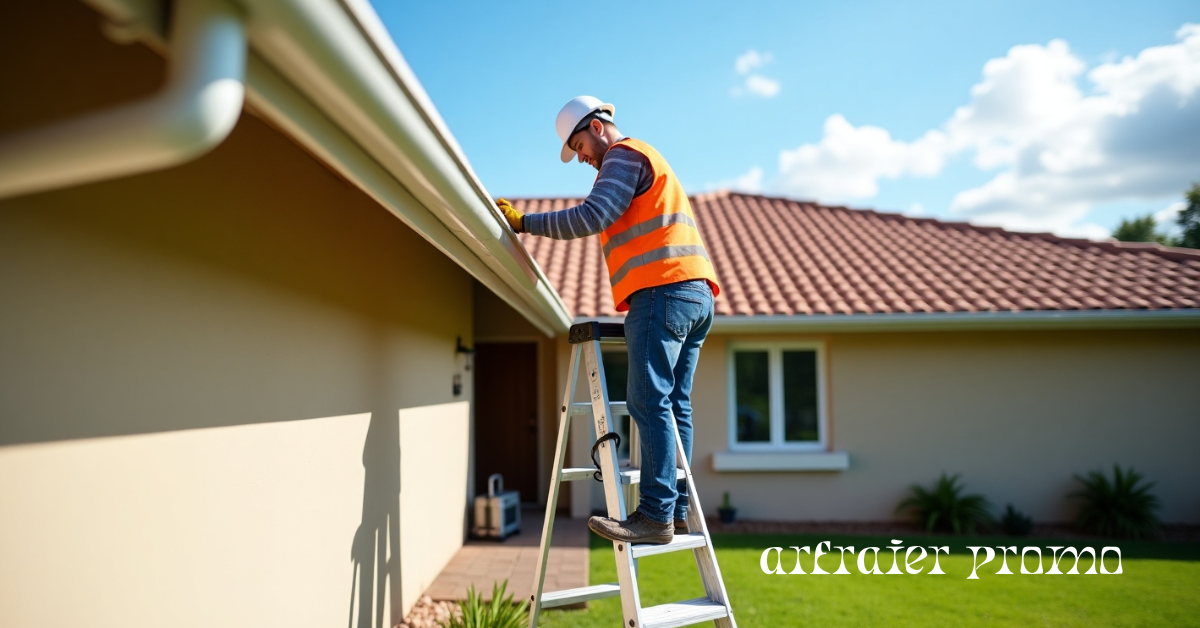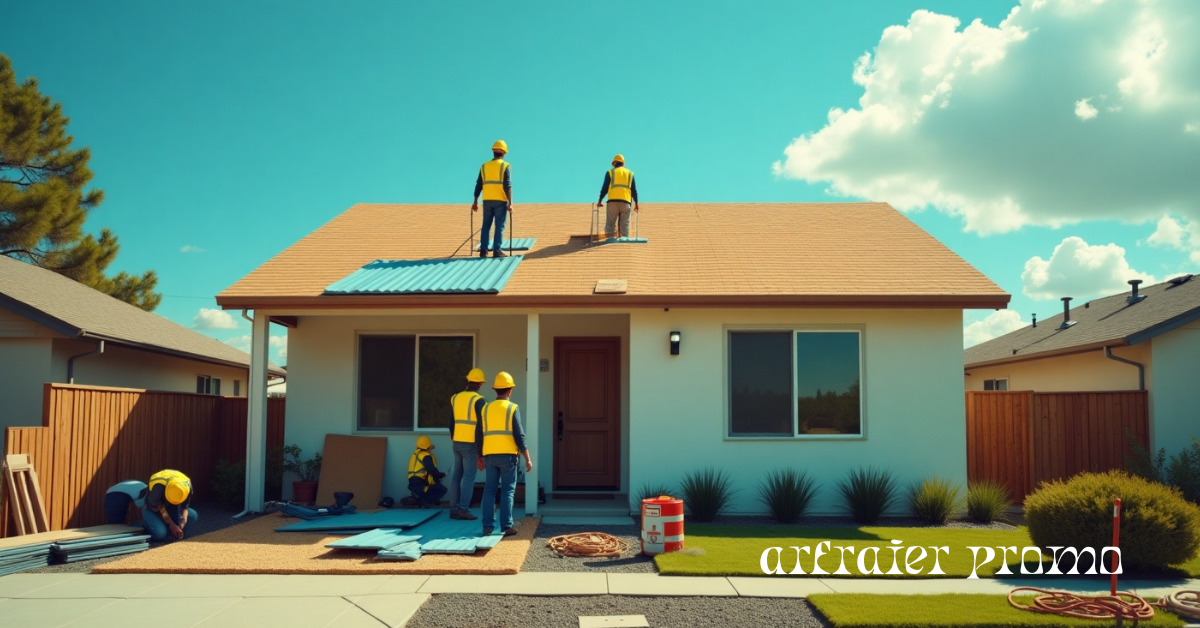A gambrel roof is one of the most recognizable roof designs, often seen on barns, sheds, and charming colonial homes. With its double-sloped sides, it offers a perfect balance of style and functionality. Whether you’re a homeowner planning a renovation or simply curious about architectural styles, understanding gambrel roofs can help you decide if it’s the right fit for your project.
What Is a Gambrel Roof?
A gambrel roof is a roof style that features two different slopes on each side. The upper slope is shallow, while the lower slope is steep. This design creates more headroom and usable space inside the building compared to traditional roof types.
Unlike a gable roof, which has a simple triangular shape, the gambrel roof provides a larger attic or loft area — making it a practical choice for those who want extra storage or living space without expanding their home’s footprint.
Gambrel Roof Design
Gambrel roofs can be built using different types of roofing materials, such as asphalt shingles, wood, metal, or slate, depending on durability and budget. Learn more about different types of roofing materials.
The main features of a gambrel roof include:
-
Two slopes per side: The steep lower slope creates more interior space, while the upper slope allows water to run off easily.
-
Ridge line: The highest horizontal line where both sides of the roof meet.
-
Overhangs: Extensions that protect walls from rain and snow.
Common materials: wood, asphalt shingles, metal panels, or slate tiles. Modern builders also experiment with eco-friendly roofing materials to increase durability and sustainability.
Benefits of a Gambrel Roof
The gambrel roof design offers several advantages that make it popular for both rural and urban construction. Here’s a closer look:
1. Extra Attic or Loft Space
The steep lower slope of a gambrel roof creates more headroom inside the attic or loft. This means you can use the space for storage, a home office, a playroom, or even an additional bedroom. Essentially, you get more usable space without increasing the building’s footprint.

2. Cost-Effective Construction
Compared to other roof designs that require expanding the foundation to gain space, a gambrel roof offers more interior room without adding to the base of the building. This makes it a budget-friendly option for homeowners or builders who want extra space without significantly raising construction costs.
3. Classic Aesthetic Appeal
Gambrel roofs have a timeless look that is often associated with barns, farmhouses, and colonial-style homes. Their distinctive double-slope shape adds character and charm, giving homes a unique and attractive appearance that stands out in any neighborhood.
4. Improved Drainage
The steep lower slopes allow rainwater and snow to slide off easily, preventing water from pooling on the roof. This reduces the risk of leaks, water damage, and structural issues, making the roof more durable over time.
5. Energy Efficiency Potential
The spacious attic created by a gambrel roof can be insulated effectively, helping regulate indoor temperatures. Proper insulation can keep your home cooler in summer and warmer in winter, potentially lowering energy bills and increasing overall comfort.
Pros and Cons of a Gambrel Roof
| Pros | Cons |
|---|---|
| Provides spacious attic or loft | Less stable in areas with heavy winds |
| Cost-effective for adding usable space | Requires more maintenance over time |
| Timeless, attractive design | Not the best option for heavy snow regions |
| Versatile for homes, barns, and sheds | Builders may need more expertise to construct |
Common Uses of a Gambrel Roof
-
Barns and farm buildings – to store hay, equipment, and animals.
-
Sheds and garages – for practical storage space.
-
Colonial and Georgian-style homes – to enhance traditional architecture.
-
Tiny houses and cabins – for maximizing interior space in a small footprint.
Gambrel Roof vs. Other Roof Types
Here’s how gambrel roofs compare with some of the most common roof types:
| Roof Type | Design Features | Advantages | Disadvantages |
|---|---|---|---|
| Gambrel Roof | Two slopes on each side (steep lower, shallow upper) | Extra attic space, cost-effective, aesthetic appeal | Less stable in strong winds, not ideal for heavy snow |
| Gable Roof | Simple triangular shape with one slope per side | Easy to build, affordable, good for ventilation | Limited attic space, less stylish |
| Mansard Roof | Four-sided roof with double slopes on each side | Maximum interior space, highly decorative | More expensive to build, complex structure |
| Hip Roof | Slopes on all four sides, meeting at a ridge | Very stable in high winds, durable | Costly, less attic space compared to gambrel |
Cost of Building a Gambrel Roof
On average, building a gambrel roof costs between $5 and $10 per square foot, depending on materials and labor. Asphalt shingles are the most budget-friendly, while metal and slate are more durable but come at a higher price. Overall, gambrel roofs are cost-effective since they provide extra space without increasing the building’s footprint.
Gambrel Roof Maintenance and Durability
With proper upkeep, a gambrel roof can last 30–50 years. To extend its lifespan:
-
Inspect regularly for leaks or loose shingles.
-
Keep gutters clear to avoid water damage.
-
Apply waterproof coatings on exposed wood.
-
Repair minor issues promptly to prevent bigger damage.
Modern Applications of Gambrel Roofs
Today’s architects often reimagine gambrel roofs in contemporary ways:
-
Eco-friendly roofing materials for sustainability.
-
Solar panel installation on the slopes for energy efficiency.
-
Tiny homes and cabins that combine rustic charm with modern living.

Conclusion
The gambrel roof has stood the test of time, evolving from colonial barns to modern homes. Its unique design offers both beauty and functionality — from creating spacious attics to enhancing curb appeal. While it may not be the best fit for extremely windy or snowy regions without reinforcements, it remains a smart and versatile roofing option for many homeowners.
Frequently Asked Questions (FAQs)
1. What is the main purpose of a gambrel roof?
To provide more interior space for storage or living areas without expanding the home’s footprint.
2. How long does a gambrel roof last?
Typically 30–50 years, depending on materials and maintenance.
3. Is a gambrel roof good for snowy regions?
The steep slopes help snow slide off, but additional reinforcement is recommended in areas with heavy snowfall.
4. What is the difference between a gambrel and a mansard roof?
A mansard roof has four sides with double slopes, while a gambrel roof usually has two sides with double slopes.
5. Can solar panels be installed on a gambrel roof?
Yes, solar panels can be fitted to the sloped sections of a gambrel roof.
6. What is the purpose of a gambrel roof?
Its main purpose is to maximize attic or loft space while maintaining a stylish exterior.
7. Are gambrel roofs expensive?
Generally, they are cost-effective compared to more complex roof designs. The final price depends on materials and labor.





